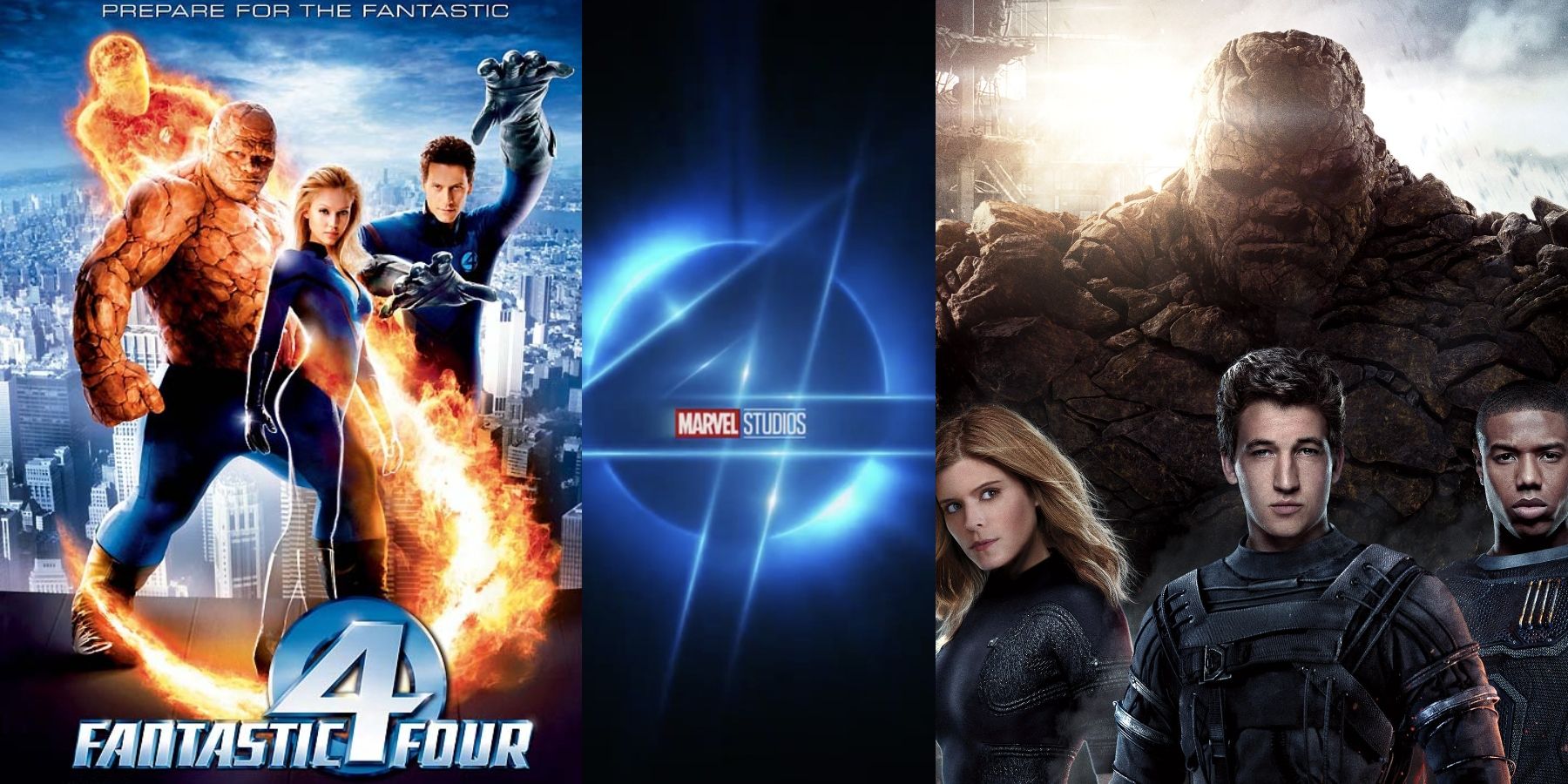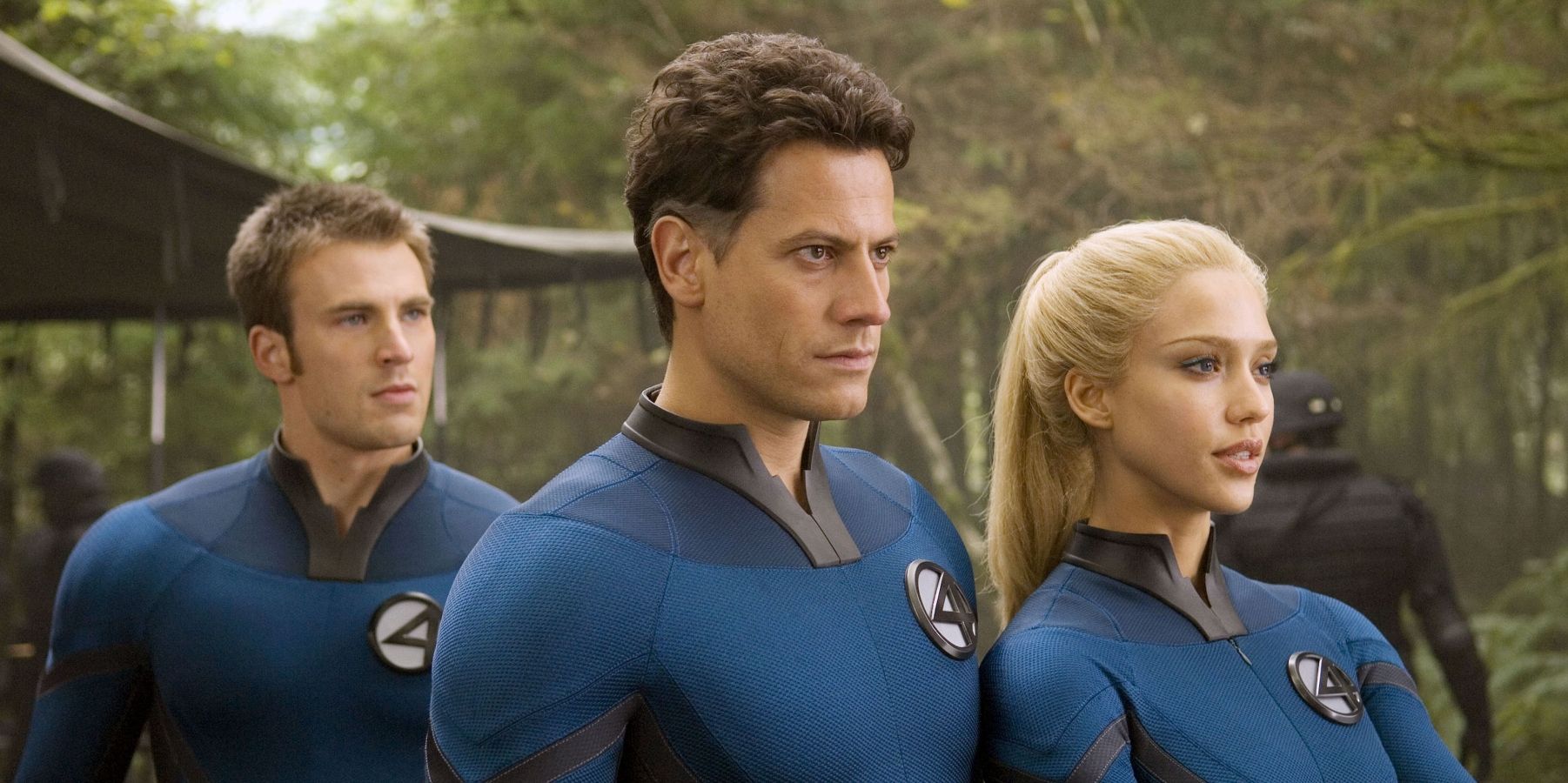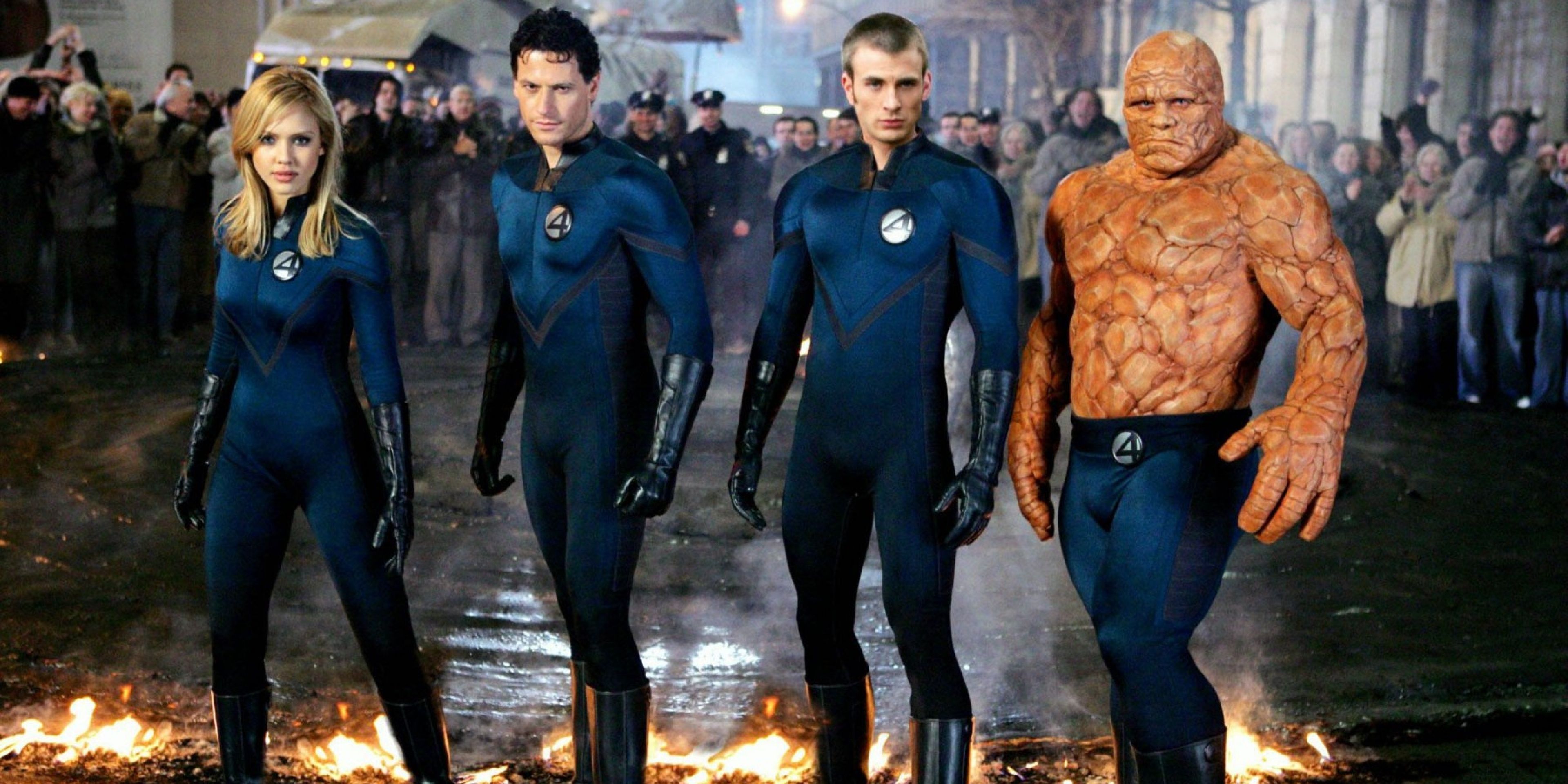Of all the iconic Marvel Comics superheroes who have yet to be adapted into the Marvel Cinematic Universe, the Fantastic Four — and their associated characters like Doctor Doom, the Silver Surfer, Galactus, and more — have been among the most highly anticipated characters to make their MCU debut. And while the X-Men’s future in the MCU is still currently unknown, it was confirmed on December 10th, 2020 that a new Fantastic Four film helmed by Spider-Man: No Way Home director Jon Watts will be released as part of Phase 4.
Of course, unlike other Phase 4 debuts like Shang-Chi or She-Hulk, the upcoming Jon Watts movie won’t be the Fantastic Four’s first live action appearance. The MCU Fantastic Four will the the FF’s fourth (appropriately enough) theatrically released film — not counting the obscure 1994 Roger Corman movie, which was never shown in theaters and is only available to view via bootleg copies. The others, of course, are the 2005 Fantastic Four movie and its 2007 sequel Fantastic Four: Rise of the Silver Surfer, as well as the infamous 2015 reboot directed by Josh Trank.
So in anticipation of the upcoming return of Marvel’s first family to the big screen, now is as good a time as any to look back on the team’s cinematic history to see what Jon Watts’ Fantastic Four can learn from the past FF flicks. After all, with three theatrical releases to their name already, there’s plenty of examples to draw on for what a Fantastic Four movie should and shouldn’t do. And while the reception to the FF’s previous film adaptations has typically been more negative than positive, that doesn't mean there’s nothing at all they did right.
For instance, even the harshest critics of the 2005 Fantastic Four will likely admit that Michael Chiklis’ performance as Ben Grimm, aka the Thing, is the best thing about the movie. Chiklis brings the Thing created by Stan Lee and Jack Kirby to life with his performance, conveying both his more boisterous and comedic side and his more tragic, human aspects with equal skill. The 2005 Grimm is a cranky average joe who feels out of his depth as a hero, mourning the loss of his normal life and falling into self-loathing over his monstrous appearance. But even when Grimm has the chance to regain his human form, he willingly regains his powers so he can save his friends — and in the process, he learns to embrace his rocky new form and all the good it can do for others. Michael Chiklis’ portrayal of Ben Grimm is a pitch-perfect adaptation of the “ever-lovin’ blue-eyed Thing” from Lee and Kirby’s comics, right down to his poignant character arc that combines self-sacrifice with self-love. Even the details of his characterization are on point, from his gravelly (no pun intended) Brooklyn accent to his constant bickering with Johnny Storm.
On the topic of Johnny, it’s easy to forget that Chris Evans’ first superhero role wasn’t Captain America, but rather the Human Torch. And while Steve Rogers would go on to become Evans’ most iconic role, he’s equally adept at bringing the charmingly hotheaded Johnny Storm to life. Evans’ performance as Johnny walks the line between endearing and obnoxious, embodying the immature, showboating Human Torch of the comics. But when the world’s at stake, he’s still a hero, willing to put his life on the line to protect his family.
And make no mistake, the Fantastic Four of the 2005 film series are indeed a family. Stan and Jack’s original FF comic broke new ground in the 1960s for depicting a superhero team that behaved like a real family — frustrating and supporting each other in equal measure. Reed Richards is the awkward but caring father figure, Johnny is the mischievous little brother, Ben is the jolly but short-tempered uncle, and Sue Storm is the long-suffering mother figure. Tim Story’s FF movies may not be masterpieces, but they do a fine job conveying the close-knit family vibe that defines the Fantastic Four. In fact, it’s arguably the lack of familial closeness in favor of a more serious, joyless feel that makes the 2015 reboot feel so forgettable.
But despite all they do right, there’s just as much the original FF movies do wrong. And sadly, Reed and Sue aren’t done nearly as many favors by the script as Ben and Johnny. The problem isn’t with the casting: Ioan Gruffud and Jessica Alba are good enough actors that they could easily have turned in excellent performances as Mr. Fantastic and the Invisible Woman if they simply had better material to work with. The issue is ultimately one of characterization — Reed and Sue are written as two-dimensional and uncharismatic, lacking the depth and personality of their comic counterparts. Gruffud’s Reed Richards is the character at his most boring: a stoic, serious scientist who happens to stretch his arms sometimes. And while Richards is often criticized by fans as the least interesting of the FF, he’s been written well before. Acclaimed comic writer Jonathan Hickman took Reed from a bland, absent-minded egghead to a loving family man with an insatiable scientific curiosity. He’s a passionate explorer with a boundless sense of wonder, not an emotionless bore.
As for Sue, she’s ostensibly the same strong-willed, brilliant-minded woman she is in the comics, but her most memorable moments in both films are the ones that involve Jessica Alba getting naked for contrived reasons. But the Invisible Woman of the comics is much more than a sex object — she’s brave, selfless, wise, deeply compassionate, and fiercely protective of her family. There are moments where Alba’s Sue resembles the character she should be, like the scene in the sequel where she casually threatens to create a force field inside Victor Von Doom’s brain if he tries to hurt her family. But alas, these moments are few and far between.
And speaking of Doctor Doom, he’s perhaps the most misused character in every movie he’s appeared in. The tyrant lord of Latveria deserves his own article to explore his wasted cinematic potential and how the MCU can do better. But for now, it’s safe to say that putting the origins of Doctor Doom and the Fantastic Four in the same movie will inevitably cheapen the importance of both parties. It happened in the 2005 and 2015 adaptations alike, and the MCU desperately needs to avoid this mistake. Both Doom and the FF need entirely separate films devoted to establishing them — a less complex villain like Mole Man, Super-Skrull, or Annihlus would be a better fit for the FF’s MCU debut.
Ultimately, what the MCU Fantastic Four needs most is to keep the focus on the titular heroes and their dynamic. After all, the FF are a family, and the key to making a great Fantastic Four story is to make that family feel real. But beyond that, it’s also important to make sure that every member of the FF is characterized well, and that their antagonist is well-utilized. But considering Jon Watts’ track record, it’s safe to say that Marvel’s first family is in good hands.



